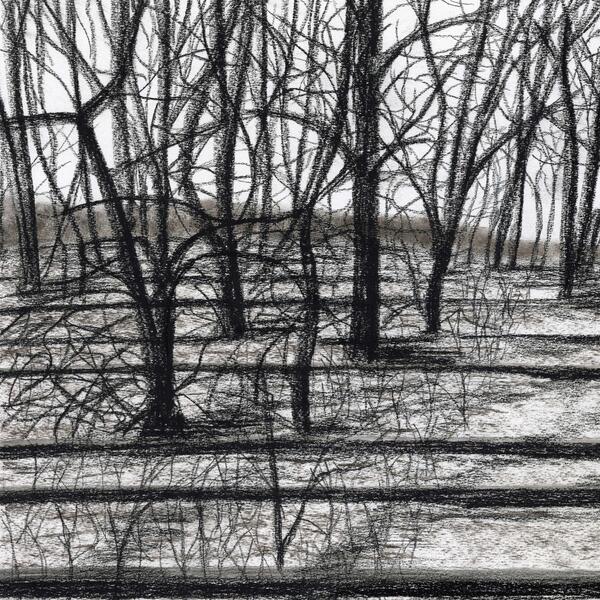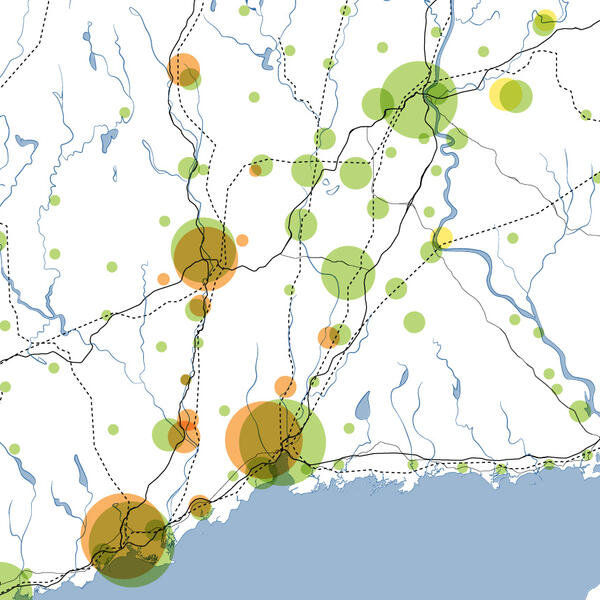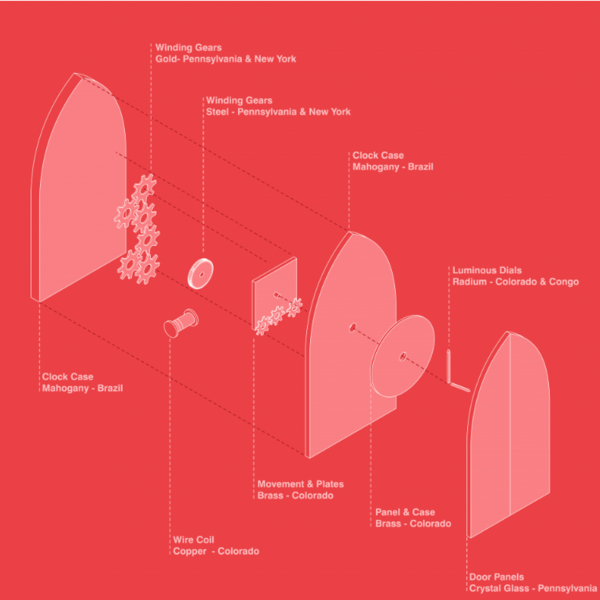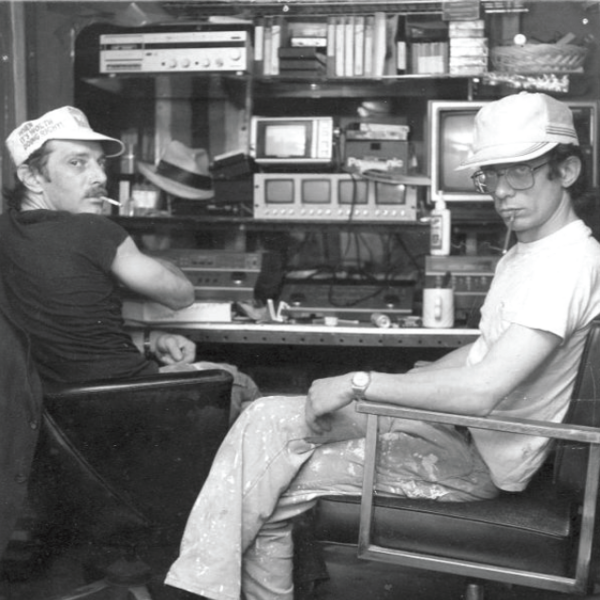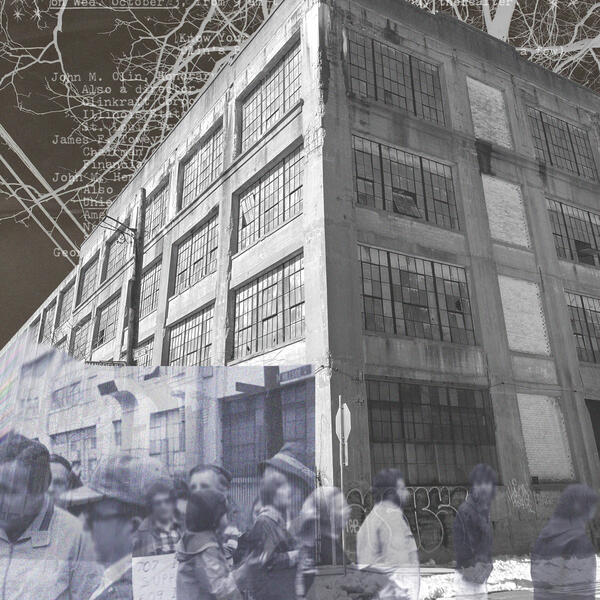The Lost in New Haven Pamphlets
Christina Lufkin: Memory Practices in New Haven
Julia Edwards: Women’s Clothing in New Haven
Oscar: Foxon Park Beverages
Samantha Hurovsky: Musical Spaces in New Haven
Luryn Hendrickson: Inventions of New Haven
Ellen Zhou: Oystering in New Haven


